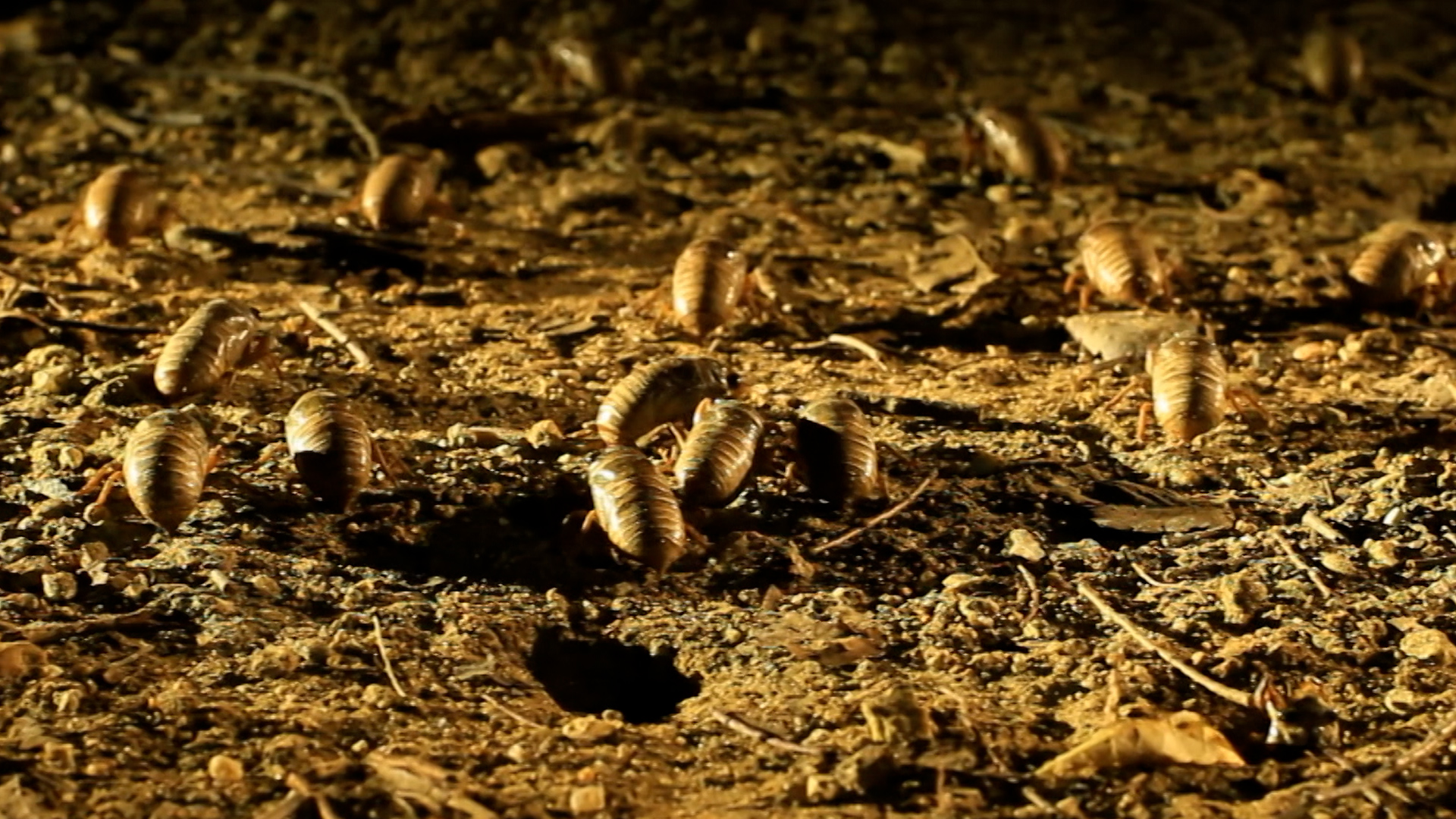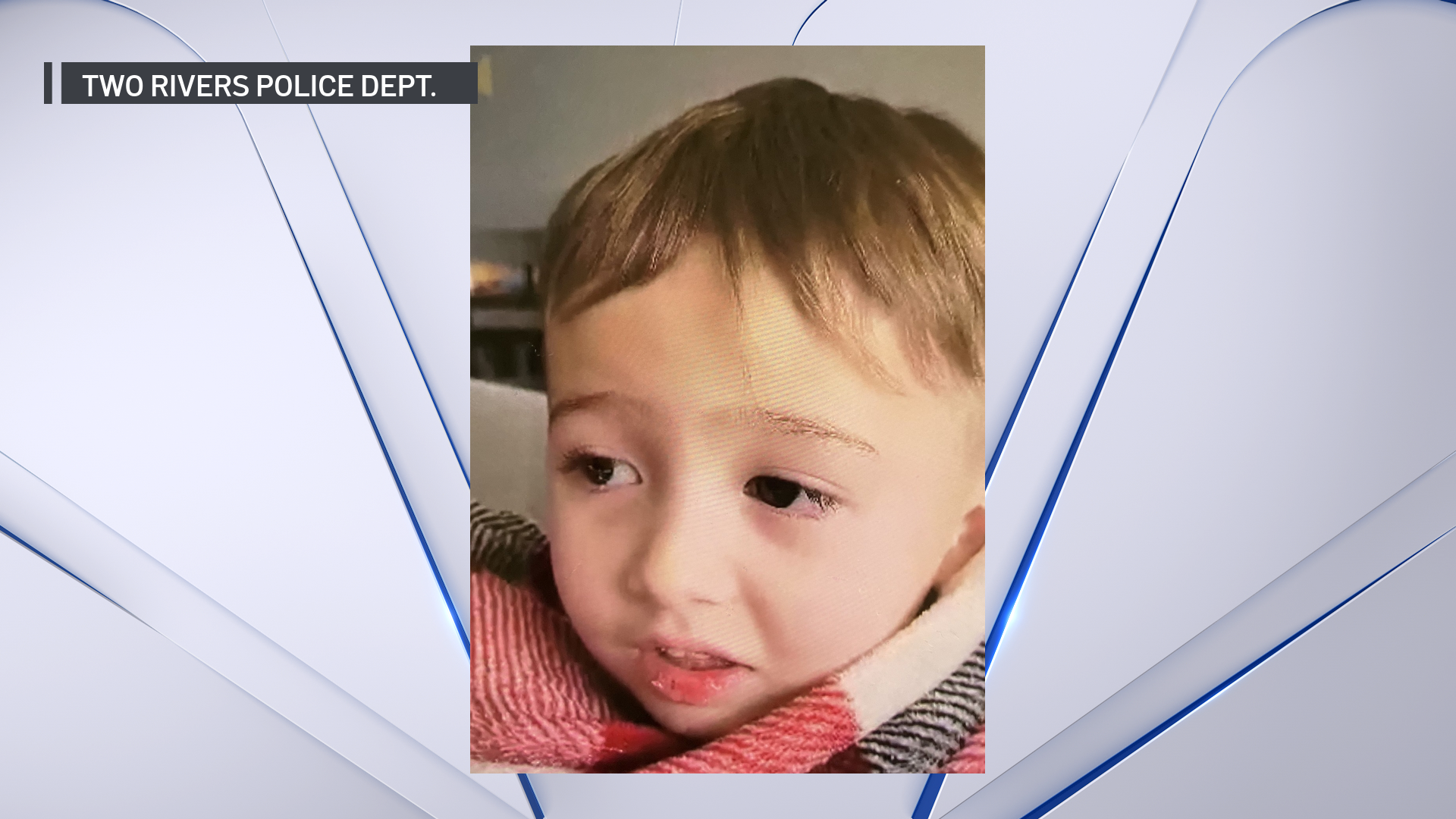That IS a great question! What could be better? A night under the stars, a movie playing out on the big screen, with 10 of your buddies packed in the trunk? That one place you and your best girl could be guaranteed a little private time without the threat your little brother bursting into the basement rec room?
The dancing hot dog, the popcorn and nachos and twinbills, which were paid for by the carload. Where did they all go?
The answer is, they're still here, and they're still just as great as you remember. But you really have to know where to look.
"I've had people call and ask, are you still open?" says Mike Garrison, manager of the Cascade in West Chicago. "Come back, because it's here! We're the only one around!"
The Cascade is not the only one in the Chicagoland area, but there aren't many. There's the McHenry in its namesake northwest suburb, the Keno to the north near Kenosha, Wisconsin, and the 49'er in Valparaiso, In. That's four drive-ins, in an area where dozens used to pepper the landscape just a few decades ago.
What happened? It was a confluence of disasters, a perfect storm of societal changes which spelled the end for thousands of screens nationwide. The first tangible item was the VCR. People could watch movies at home for next to nothing. Then came the 80's and booming land development. The big expanses of asphalt were worth more as housing developments than as entertainment palaces.
Not everyone agrees that the answers were that simple. Film professor Ron Falzone of Columbia College Chicago argues the sexual revolution probably did more to end the run of the drive-in than any other social change.
Local
"It became less important to go to the drive-in, and you added to that, the fact that cars were small!", Falzone says, noting that the movie meccas were always gathering places and people simply started gathering somewhere else.
"I don't think there's any period in the history of the drive-in when the movie was that important!"
For generations, it was the place to see and be seen. But when drive-ins began to disappear, it happened fast. After their peak in the late 50's, when there were over 4,000 screens nationwide, now there are fewer than 400. Still, a trip out to these "ozoners", as they are known in the movie trades, is a delightful evening, and it feels like a journey to a better time.
"It costs less to come here to see two movies, and actually bring in our own food and not get yelled at for that!" said moviegoer Jasmine Elliot, during a recent evening at the Cascade. Grilling hot dogs on a grill nearby, her friend Thomas Macauley added, "you get your own space to do what you want. And you get your own seats that you bring!"
The Cascade is perfectly preserved. As one employee observed, "we didn't go retro...we never STOPPED being retro!"
The screen, the concessions stand, even the projectors, are all the genuine items from the Cascade's first year in the early 50's. In fact, the venue's only nod to the modern age is FM radio sound, although the familiar grey posts and their seemingly indestructible speakers are still there.
"When this stuff was built, it was built to run and last!" said projectionist Walter Becker. As he lovingly patted his twin projectors he noted, "The lamp is probably 30 years old, the head is probably 50, 60 years old!"
This handful of drive-ins are still there, and still open. One has to wonder how long it can last. But give it a try. It really is, as great as you remember.



